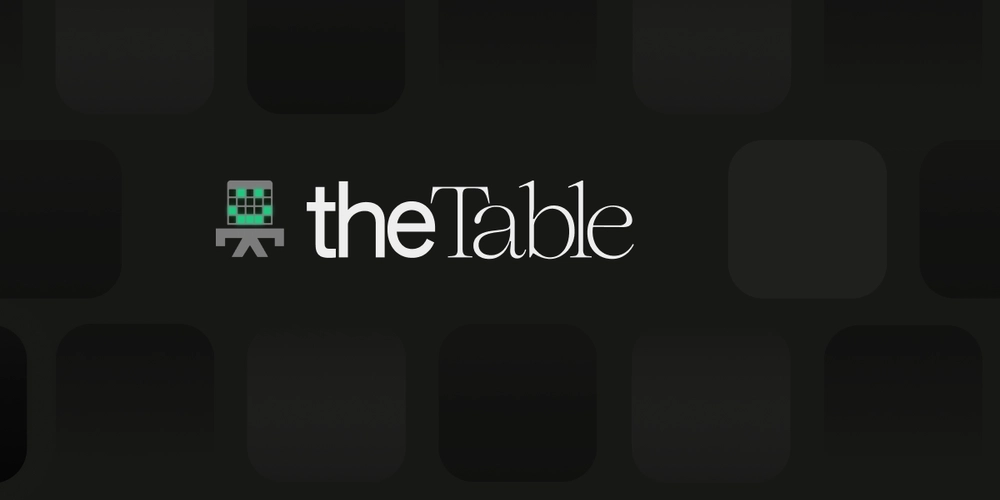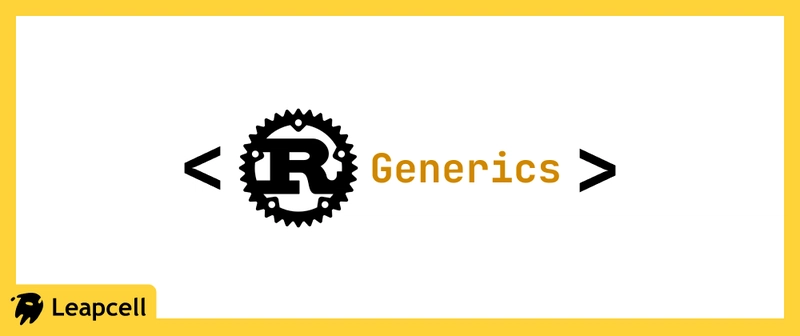PostgreSQL Data Types: An Essential Guide
Data types define how PostgreSQL stores and processes information. Selecting the right data type improves query performance and ensures data accuracy. In this guide, we’ll break down the core PostgreSQL data types and when to use them. Key PostgreSQL data types PostgreSQL provides multiple data types, each suited for specific use cases. Here’s a breakdown: Text storage: VARCHAR, TEXT, CHAR for strings. Numbers: INTEGER, BIGINT, NUMERIC for numeric values. Boolean values: Use TRUE or FALSE to store binary states. Date & time: DATE, TIME, TIMESTAMP manage date/time data. Specialized types: ARRAY, JSON, RANGE, and NETWORK handle more complex data. Choosing the right data type Selecting a suitable data type helps optimize performance. Use appropriate constraints, avoid using unnecessarily large types. Consider indexing needs, some types perform better with indexes. Optimize for speed, INTEGER performs faster calculations than FLOAT. Plan for scalability, choose flexible types for evolving datasets. Conclusion Selecting the right data type is a key factor in database performance and efficiency. PostgreSQL’s variety of data types ensures that developers can choose the best format for their needs, improving both storage optimization and query execution. For a practical way to manage PostgreSQL data types, tools like DbVisualizer provide an intuitive way to visualize and modify your database. Read the full guide here A Comprehensive Guide to Data Types in Postgres.

Data types define how PostgreSQL stores and processes information. Selecting the right data type improves query performance and ensures data accuracy. In this guide, we’ll break down the core PostgreSQL data types and when to use them.
Key PostgreSQL data types
PostgreSQL provides multiple data types, each suited for specific use cases. Here’s a breakdown:
Text storage: VARCHAR, TEXT, CHAR for strings.
Numbers: INTEGER, BIGINT, NUMERIC for numeric values.
Boolean values: Use TRUE or FALSE to store binary states.
Date & time: DATE, TIME, TIMESTAMP manage date/time data.
Specialized types: ARRAY, JSON, RANGE, and NETWORK handle more complex data.
Choosing the right data type
Selecting a suitable data type helps optimize performance.
- Use appropriate constraints, avoid using unnecessarily large types.
- Consider indexing needs, some types perform better with indexes.
- Optimize for speed,
INTEGERperforms faster calculations thanFLOAT. - Plan for scalability, choose flexible types for evolving datasets.
Conclusion
Selecting the right data type is a key factor in database performance and efficiency. PostgreSQL’s variety of data types ensures that developers can choose the best format for their needs, improving both storage optimization and query execution.
For a practical way to manage PostgreSQL data types, tools like DbVisualizer provide an intuitive way to visualize and modify your database. Read the full guide here A Comprehensive Guide to Data Types in Postgres.

















































































